30 kilometres to the north of Alcobaça, Joaquim Ruivo – the director of the Monastery of Saint Mary of the Victory in the town of Batalha – Mosteiro de Santa Maria da Vitória – stands in a slat of colourful sunlight, emanating from one of the first examples of stained glass in Portugal and points towards the tombs which adorn the chapel. “This is the Founder’s Chapel and this is the tomb of King João I, the one who had the monastery built after the Portuguese army’s hugely outnumbered success in the battle of Aljubarrota against the forces of Castile. That is the tomb of his queen, Phillipa of Lancaster, and over there,” Director Ruivo points to the darkened corners of the room, “are the tombs of his children, Henry (yes, the Navigator), Peter, the Prince Regent, among others.”

 The church was commissioned by the King after the battle in 1385 and donated to the Dominican Order, who over the next two centuries turned the monastery into what is now the second most visited monument in Portugal (after Lisbon’s Jerónimos monastery on the banks of the Tagus River) and a prime example of Gothic and Manueline architecture. It is difficult to summarise over six hundred years of history in a few sentences, but it suffices to say that over the years of development and redevelopment many new and important architectural techniques were spawned and perfected by the Portuguese and imported engineers who worked on this remarkable site.
The church was commissioned by the King after the battle in 1385 and donated to the Dominican Order, who over the next two centuries turned the monastery into what is now the second most visited monument in Portugal (after Lisbon’s Jerónimos monastery on the banks of the Tagus River) and a prime example of Gothic and Manueline architecture. It is difficult to summarise over six hundred years of history in a few sentences, but it suffices to say that over the years of development and redevelopment many new and important architectural techniques were spawned and perfected by the Portuguese and imported engineers who worked on this remarkable site.

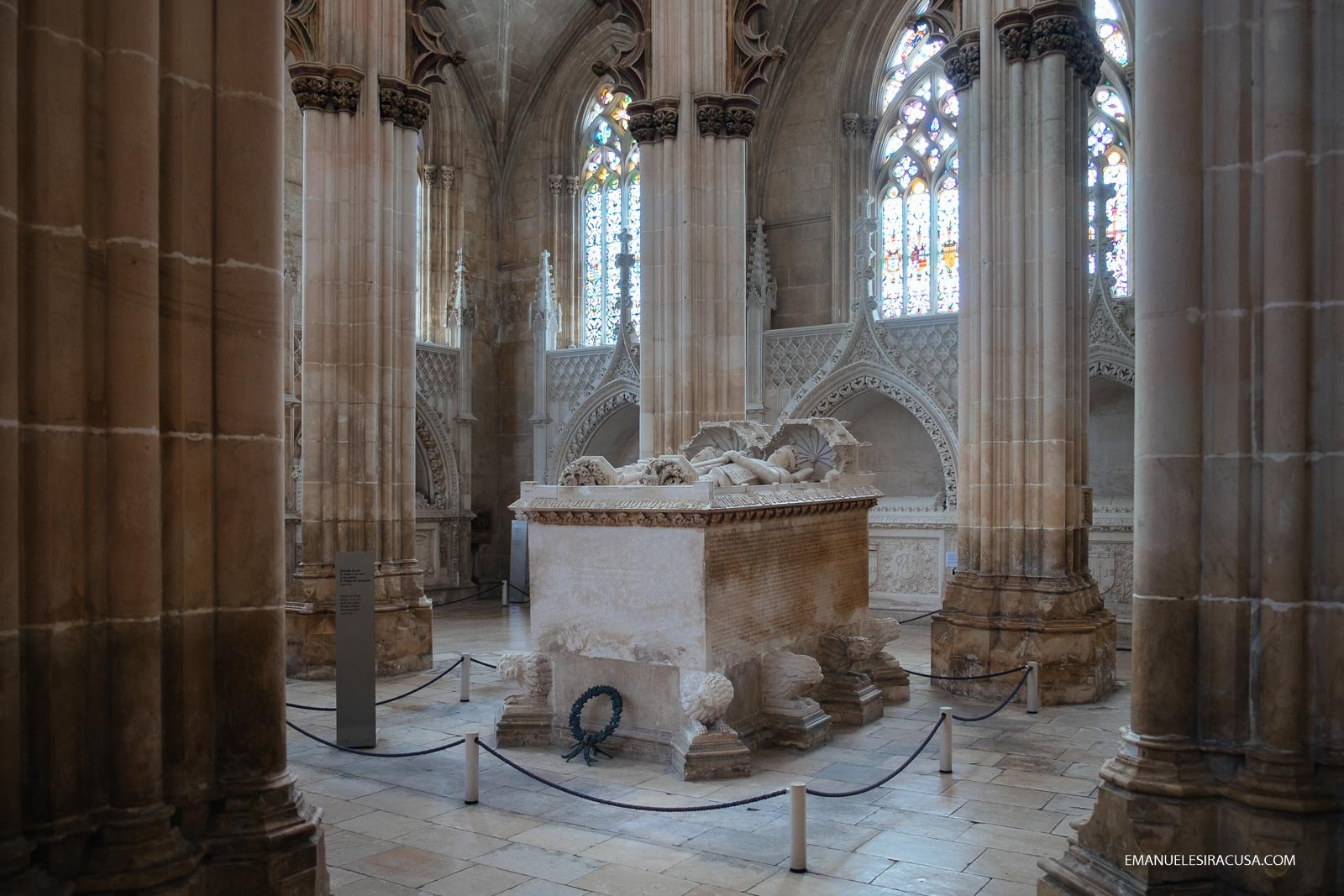 A walk through the Royal Cloister, its chapter house and refectory, the dormitories and open courtyards, and the ornately decorated Gothic lavado – the central washing and purging place of the monks – will certainly ignite your imagination beyond boundaries. On the east side of the UNESCO Heritage Site, lie the seven unfinished chapels, constructed to house the tombs of the Avis Dynasty of the Portuguese crown. However, during the process, the workers and craftsmen employed on the construction of the chapels were summoned to Lisbon where their services were required in the construction of the ‘more-pressing’ matter of the Jerónimos Monastery.
A walk through the Royal Cloister, its chapter house and refectory, the dormitories and open courtyards, and the ornately decorated Gothic lavado – the central washing and purging place of the monks – will certainly ignite your imagination beyond boundaries. On the east side of the UNESCO Heritage Site, lie the seven unfinished chapels, constructed to house the tombs of the Avis Dynasty of the Portuguese crown. However, during the process, the workers and craftsmen employed on the construction of the chapels were summoned to Lisbon where their services were required in the construction of the ‘more-pressing’ matter of the Jerónimos Monastery.

 Entering through the richly decorated Manueline portal to reach the chapels, there is a feeling of time stopped in its tracks. Open ceilings and unfinished pillars, as if waiting for their charges to return and complete the works. The addition of the solitary tomb of King Duarte, lying in state beneath an open sky, lends the visitor to believe that the ghosts of those workers will one day return to complete their royal task.
Entering through the richly decorated Manueline portal to reach the chapels, there is a feeling of time stopped in its tracks. Open ceilings and unfinished pillars, as if waiting for their charges to return and complete the works. The addition of the solitary tomb of King Duarte, lying in state beneath an open sky, lends the visitor to believe that the ghosts of those workers will one day return to complete their royal task.

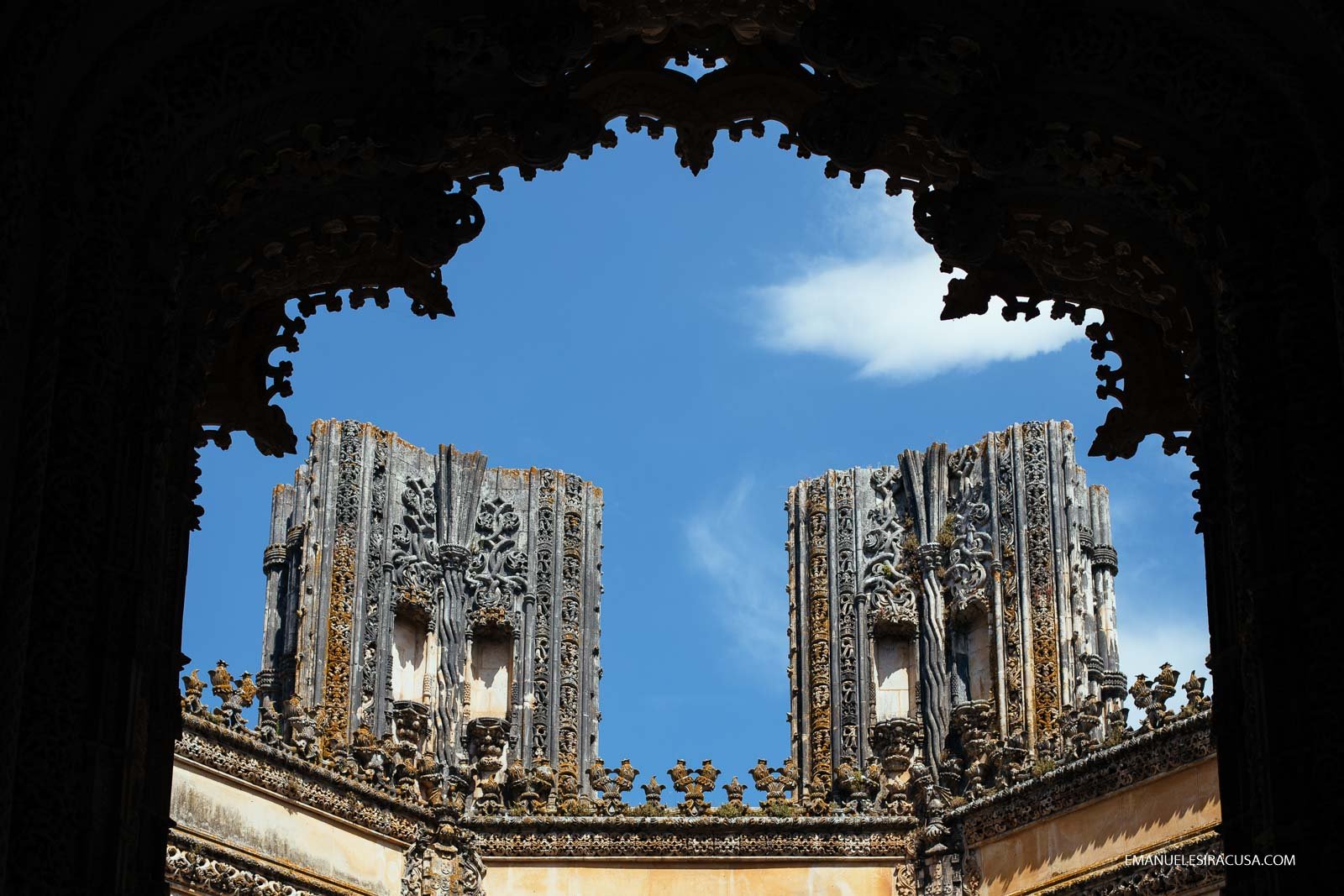 Within the monastery’s Chapter House, as if in a nod to the continuing of tradition of and the symbolic importance of the site, two soldiers stand guard, either side of a giant crucifix, over the tomb of the ‘Unknown Soldiers’; two victims of the ‘Great War’, one who met his end on the fields of Flanders and the other in Africa’s theatre of war. The bodies of two soldiers were laid to rest in the monastery’s Chapter House in 1921 where their presence is constantly guarded by soldiers and the presence of an eternal flame (Flame of the Mother Country).
Within the monastery’s Chapter House, as if in a nod to the continuing of tradition of and the symbolic importance of the site, two soldiers stand guard, either side of a giant crucifix, over the tomb of the ‘Unknown Soldiers’; two victims of the ‘Great War’, one who met his end on the fields of Flanders and the other in Africa’s theatre of war. The bodies of two soldiers were laid to rest in the monastery’s Chapter House in 1921 where their presence is constantly guarded by soldiers and the presence of an eternal flame (Flame of the Mother Country).
It is said often that the tomb of the unknown soldiers is a place of Portuguese patriotic pilgrimage ‘where the national soul can find sanctuary’.
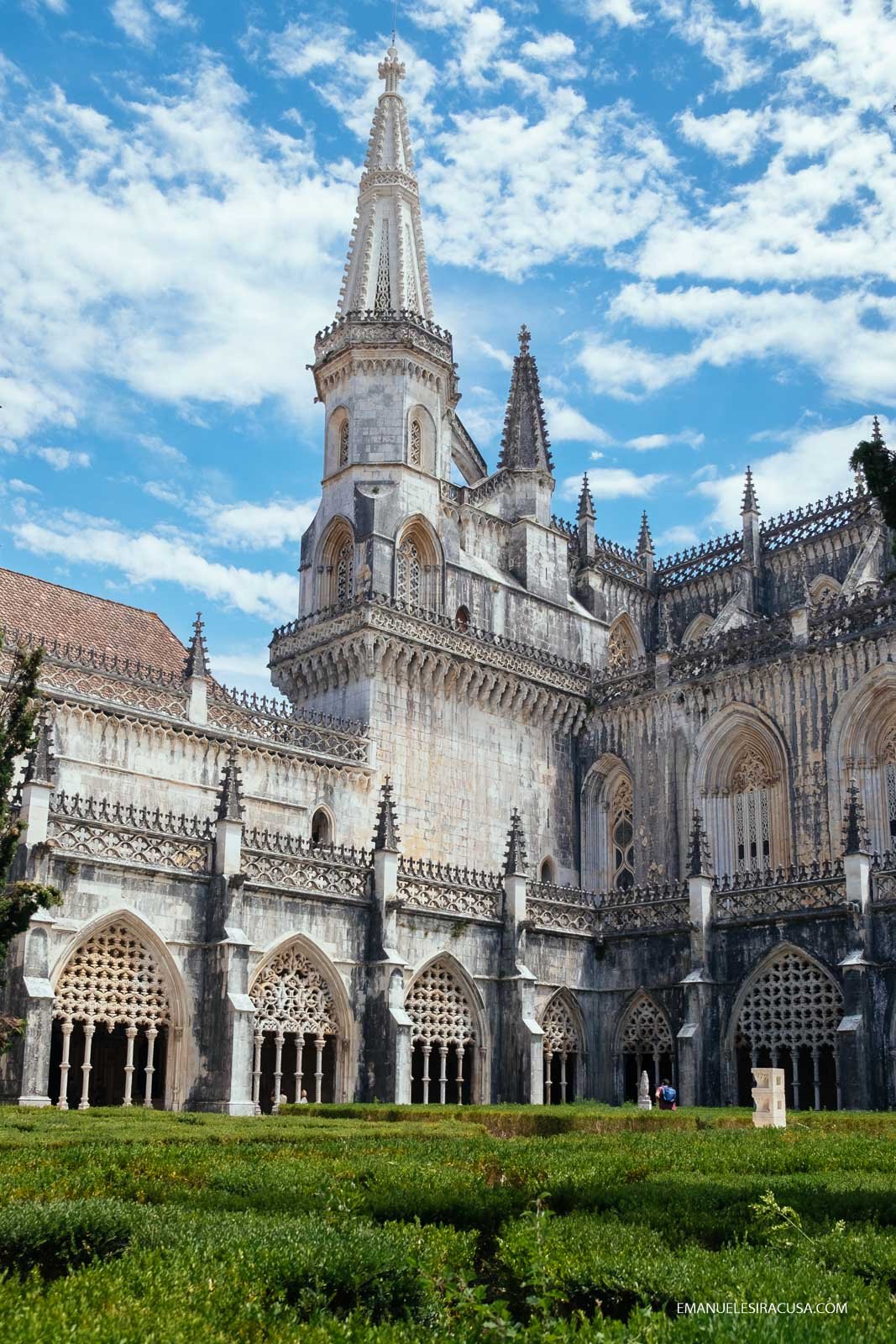 Before the battle of Aljubarrota, when King João I knelt to pray and make his promise to the Virgin Mary that if success was assured he would build this place in Her glory, the visitor to this shrine has to openly wonder if the King ever envisaged the wonders which would be created from his simple prayer. The King’s prayers were answered and succeeding generations of royals added their creative and architectural stamp, and their folly, to the monument which has gained a reputation, and a place in the heart’s of the Portuguese people far beyond even a King’s wildest dreams.
Before the battle of Aljubarrota, when King João I knelt to pray and make his promise to the Virgin Mary that if success was assured he would build this place in Her glory, the visitor to this shrine has to openly wonder if the King ever envisaged the wonders which would be created from his simple prayer. The King’s prayers were answered and succeeding generations of royals added their creative and architectural stamp, and their folly, to the monument which has gained a reputation, and a place in the heart’s of the Portuguese people far beyond even a King’s wildest dreams.
This Batalha Monastery in Centro de Portugal post is a part of a series of 9 posts I wrote based on my journey to the Oeste Region in July 2016. Please find the links o the other articles bellow:
Berlengas Islands in Centro de Portugal
Alcobaça in Centro de Portugal
Disclaimer:
This Batalha Monastery in Centro de Portugal post was written by my inspiring friend Brendan Harding as part of my ongoing collaboration with the Centro de Portugal Tourism Board. All opinions are my own. Photo credits to Emanuele Siracusa.
Brendan Harding
My name is Brendan Harding and I was born and raised in Ireland – that small teddy-bear-shaped island which clings to the edge of the European landmass.
3 Comments
This site uses Akismet to reduce spam. Learn how your comment data is processed.



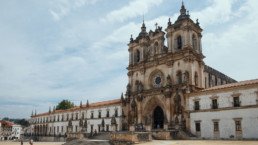

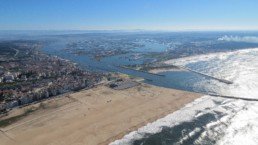
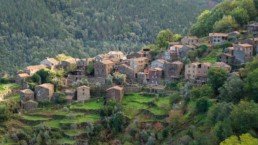
[…] Batalha Monastery in Centro de Portugal […]
[…] first thing you pass on your journey to the Templar city of Tomár, 60 kilometres east of Batalha, is the impressively arched stonework of an aqueduct (Aqueduto dos Pegões) tracing the contours of […]
[…] Batalha in Centro de Portugal […]